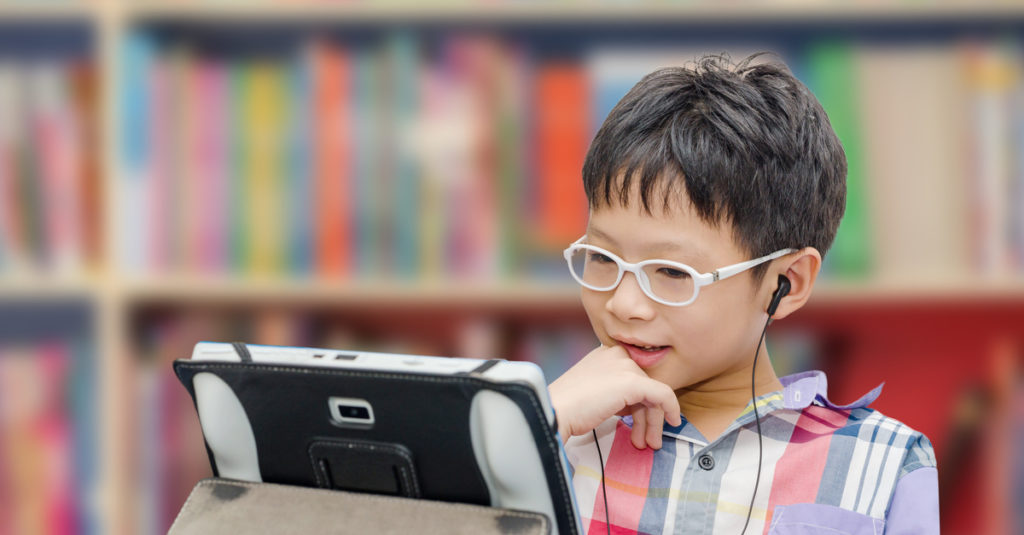A one-to-one learning program in schools has become the main objective for school districts across the country due to its proven benefits. The idea of having one electronic device – such as an iPad, Chromebook, or laptop – for every student in a classroom is a terrific objective worthy of pursuit, but how do you successfully implement such a program?
Here are five tips a school district can follow in order to implement a game-changing, one-to-one learning environment in all of its classrooms.
Make Sure Your Goals Are Clear
The goal of a one-to-one computing program is to give every student an electronic learning device, but the goal isn’t the device itself – it’s in access to enhanced learning.
Education should always be the goal, not the device. Therefore, your goals should be structured around desired learning outcomes and not constrained by technology. In other words, you should choose technology to match your educational goals, not the other way around.
View the Device as a Learning Tool, Not the Key Focus
Technology tends to take over classrooms when it’s first introduced, but teachers quickly learn to adapt and make it a part of the learning experience instead of the main focus.
Use one-to-one learning technology to enhance your curriculum, and use it to augment your teaching – not replace it.
Lead and Teach by Example
The main reason one-to-one learning programs don’t flourish like they should – or even get off the ground – is because school districts bring in technology but don’t teach the teachers how to use it properly. If a teacher can’t use the technology with competence, then he or she can’t model the right behavior for the students.
A digital learning environment succeeds when the teacher can model the power of digital technology for the students. Experience shows that the learning curve is much easier to navigate if the teacher is properly trained on the technology and has been shown how to effectively instruct others in using it.
Know When to NOT Use a Device
Teachers love having devices in their classrooms, as our experiences have shown as a one-to-one technology provider. However, some, in their enthusiasm, use the devices all the time.
The best learning environments aren’t all digital, all the time. There’s definitely a time to put away the devices and only use them when they’ll enhance the instruction – not distract from it. And there are lessons that can best be taught without technology.
Instructors implementing a one-to-one computing program need to be trained in how to turn off the devices and put them away when necessary.
Enforce Critical Thinking Skills to Go with Technology
A computer is a treasure trove of information, but mere information, no matter how plentiful, can’t replace critical thinking.
Instructors should be able to help students filter and process information and use it to feed their critical thinking skills. Without filtering and processing skills, students can easily get lost in the overwhelming amount of information out there – some of which can be of dubious nature.
Devices can’t teach critical thinking as well as a teacher can, but they can certainly augment the process if skillfully managed.
Take Steps Toward a One-to-One Learning Program
If your school district has been contemplating a one-to-one technology solution, with devices, support, and training, then the next step is to talk to an experienced provider of education IT resources.
Learn more about how we help school districts enhance learning with one-to-one computing solutions by contacting us and talking to one of our experts. We’ll share with you ideas on how to best implement a program and take advantage of the wealth of technology available today from our partners.


